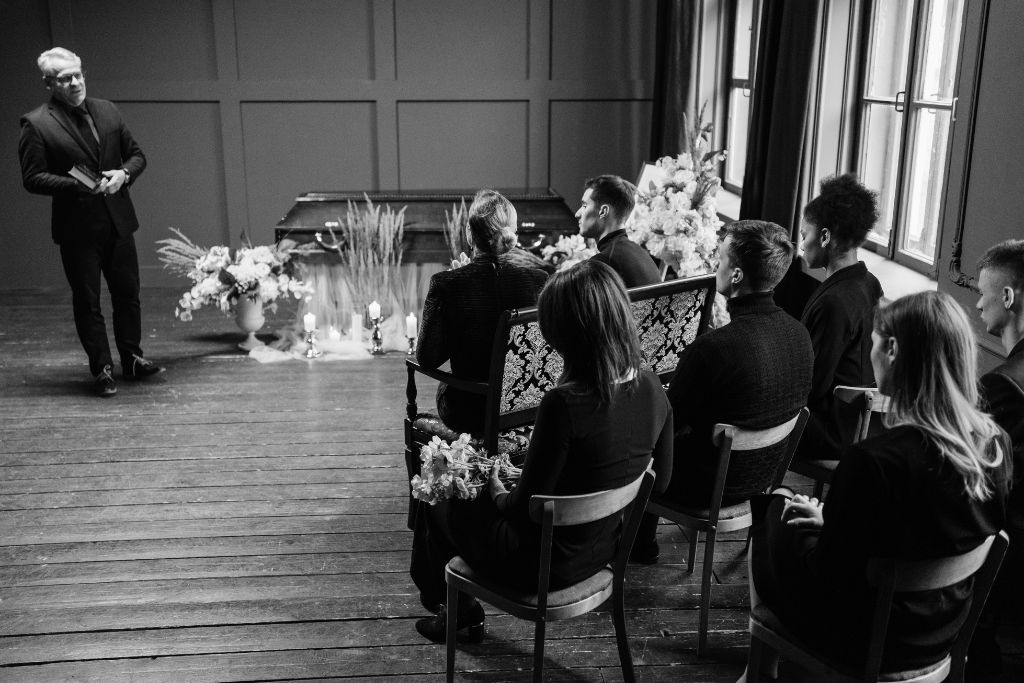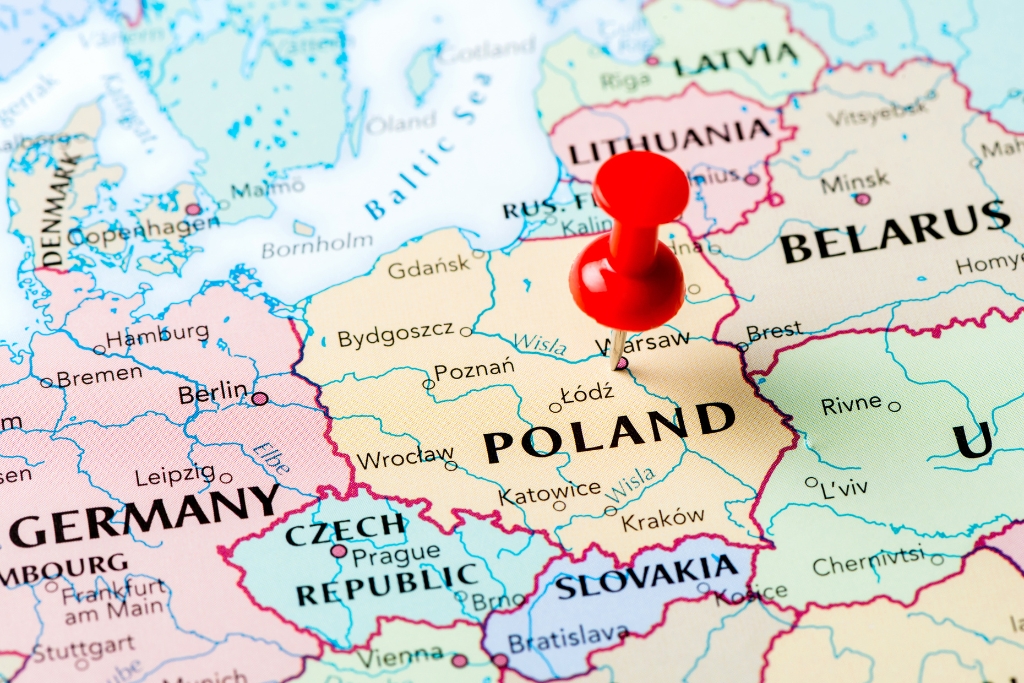Due to the negative connotations of words like “crematorium” or “cremation” in our culture, the term “cremation” is often replaced with “incineration.”
We explain important issues as well as common misunderstandings related to this process.
What are the legal regulations concerning body cremation?
Polish law permits the incineration of the body. A shortened death certificate issued by the Civil Registry Office and a cremation permit signed by the closest person organizing the funeral are required. Instead of a permit, a will of the deceased may be used, which allows expressing funeral wishes, including cremation.
If cremation concerns remains after exhumation, permission from the district sanitary-epidemiological station is also required.
How is the body prepared for cremation?
The deceased should be prepared as for a traditional burial in a coffin. The body may be dressed in any clothing or wrapped in a special shroud. Synthetic fabrics should be avoided in the clothing. Metal objects or electronic devices, especially those containing batteries such as mobile phones or pacemakers, are not allowed. Keepsakes like alcohol, cosmetics, or lighters should not be placed in the cremation coffin.
A special coffin made of wood or cardboard, free of varnish and metal parts, is used for cremation. Sometimes a special shroud or an eco-friendly coffin made, for example, from wicker is used.
What happens during cremation and how is the body incinerated?
Before cremation, if not done earlier, a brief farewell ceremony is held for the closest family, ending with the coffin being placed into the cremation chamber.
Contrary to movie or literary depictions, the coffin is not burned in flames. The cremation occurs through very hot air at temperatures between 800 and 1000 degrees Celsius. The duration depends on factors such as the coffin material, type of cremation furnace, and the weight of the deceased. The entire process, including cooling the ashes, takes about 2 hours.
After cremation, remaining bone fragments are crushed in a special device, and the ashes are respectfully transferred into an urn.
What happens to the ashes after cremation?
According to current Polish regulations, the urn with ashes must be buried in a cemetery—in a grave or special columbarium. It is not permitted for family members to keep the urn or scatter ashes in places like forests, meadows, or the sea.
Is cremation accepted by the Catholic Church?
Although not all representatives of the Church have a positive view on cremation, the Church does not prohibit it in any way. Funeral masses may be held either with the coffin or the urn, as well as farewells at the cemetery.
Cremation in no way diminishes the dignity of the deceased, and for practical reasons, it is likely to become an increasingly chosen form of burial.













